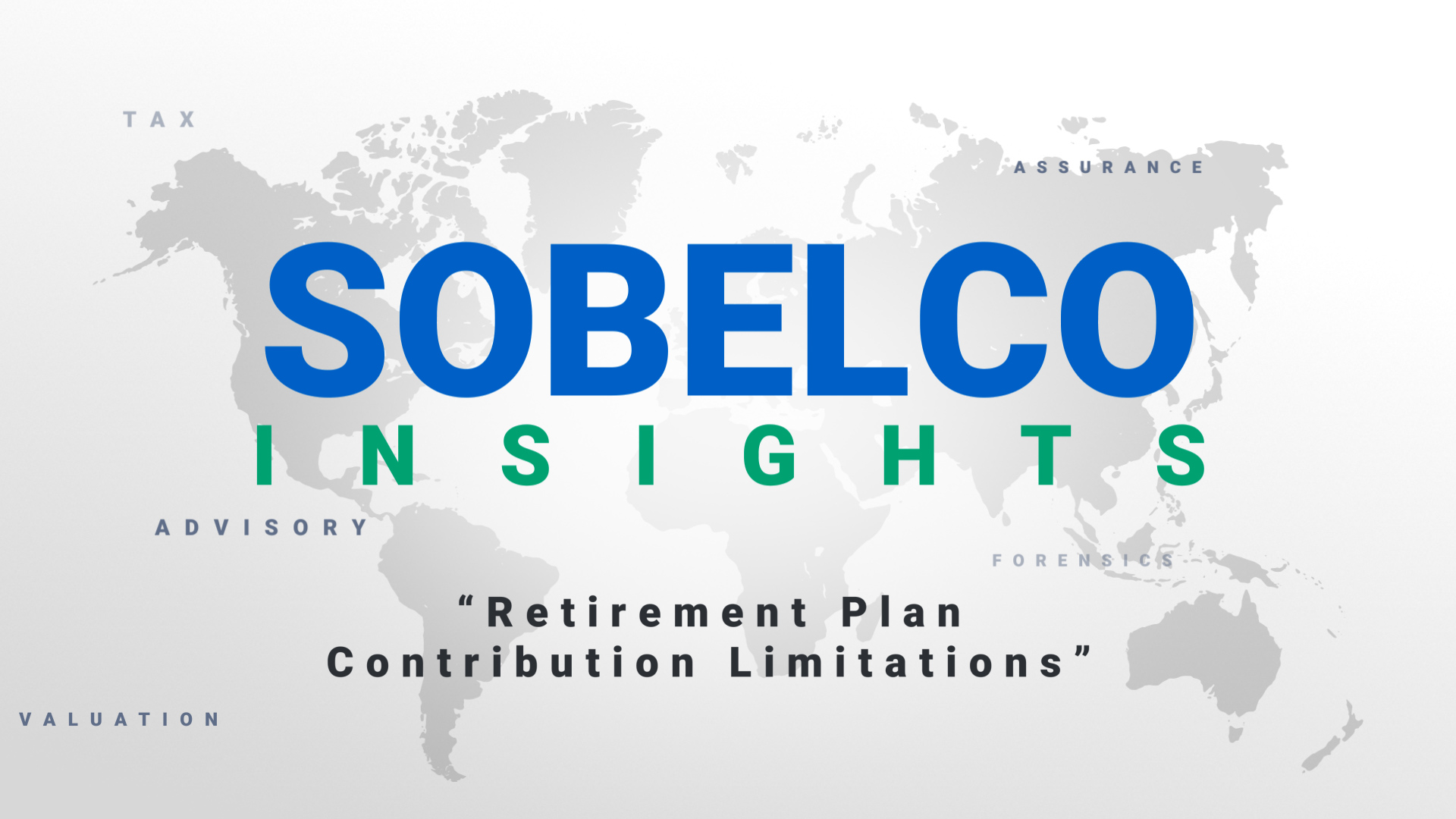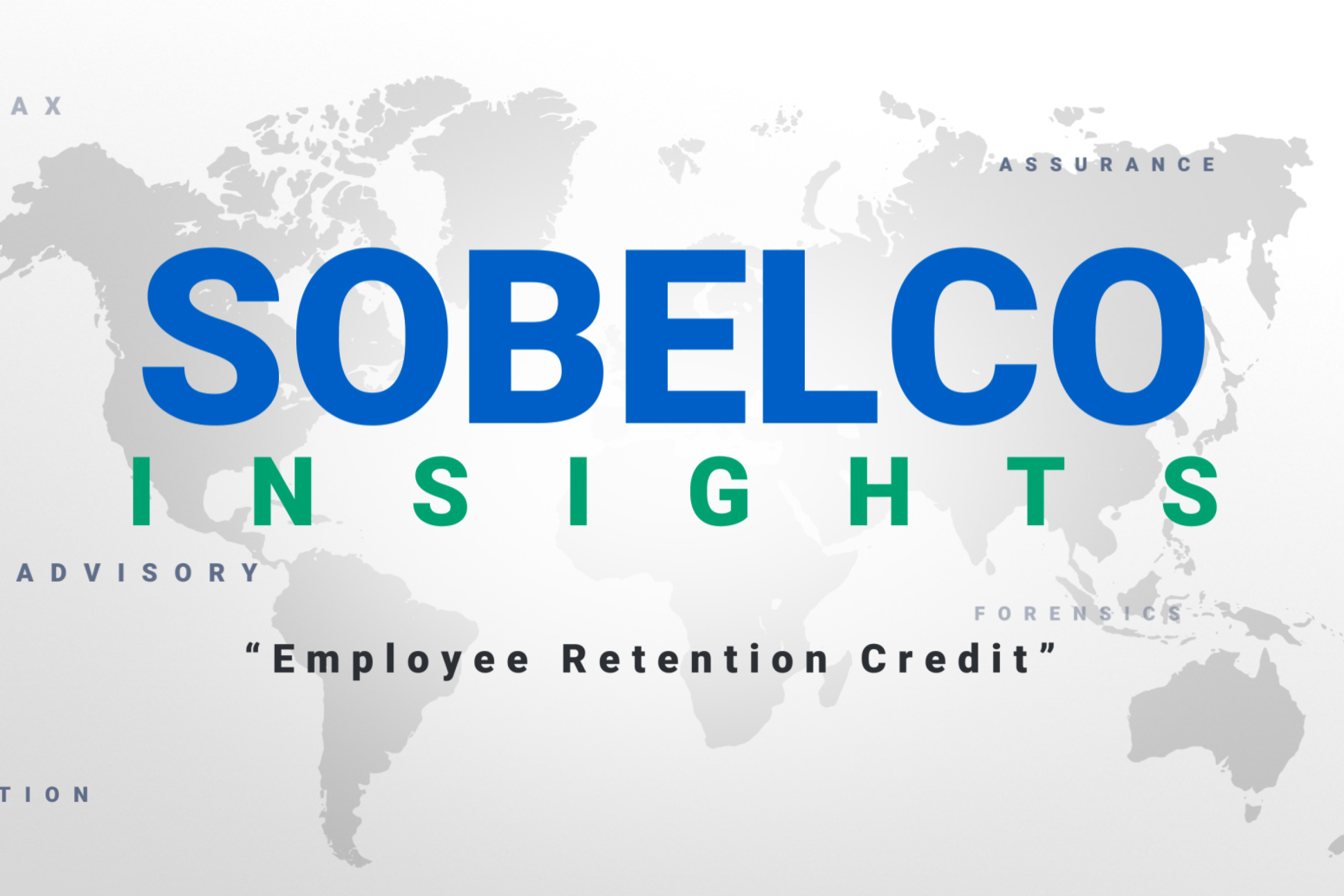
At a recent roundtable held for Executive Directors and CEOs of nonprofit organizations, the conversation quickly turned to the concept of marketing and branding. Because all organizations, of every size and scope, rely on their ability to generate a robust pipeline of sustainable support, the emphasis is on branding now more than ever. The stronger the brand and the greater its reputation, the easier it is for the nonprofit to attract and motivate donors and volunteers.
Inevitably, the key discussion points centered on how to build a local brand and how to leverage that brand to establish lasting and loyal connections.
The challenge of branding
This is not a particularly new concern but it is one that continues to gain more visibility and more attention from nonprofit leaders. There are several reasons why it is difficult for an organization to successfully leverage a marketing communications and branding plan.
The first, and perhaps the most obvious, is that a typical nonprofit operates with a small staff and limited resources. In many cases this means that there is probably no branding budget and there is no one with the right skill set, or time, to devote to consistent marketing communications initiatives. In fact, the marketing role may be left to board members or other involved volunteers to accomplish. This may result in inconsistent or even lackluster effort and equally as inconsistent results.
The second reason that branding presents a challenge is that it is a fairly new concept and one that is slowly taking root in the nonprofit sector. The notion of branding with trademarks, logos, and other marketing tactics originated in the corporate world where businesses needed to find ways to differentiate themselves. They did this through the implementation of cutting edge strategies.This same idea has now penetrated into the nonprofit world, with some of the larger national and international nonprofit organizations depending on their brands in the same way as global companies like Coca Cola, McDonalds or WalMart.World Wildlife Fund, the Red Cross, Doctors Without Borders, The American Cancer Society’s Relay for Life and Habitat for Humanity are just a few of the more well recognized names. Although some organizations with significant resources are able to accomplish this, the vast majority of nonprofits are not in the same situation. Instead, they rely on local influencers to speak on their behalf and help to spread the word.
Thirdly, brand building is hard work. It takes skill, creativity, and time to create a strong brand that can effectively represent the organization. It also requires that a good amount of patience is necessary while waiting for outcomes.
Story telling: creating a brand that people relate to
Although there are challenges for any nonprofit wishing to strengthen its brand appeal, there is a solution.
Marketers, media experts and public relations professionals point to storytelling as one of the best ways to develop a powerful brand.
Why is storytelling seen as such an essential tool? Human beings have always loved hearing stories. To be sure, storytelling is an ancient art, with its start going all the way back to the era of early civilization. Whenever groups of humans gathered together as a society, they most likely used storytelling skills for recalling heroic events, calming fears, predicting the future, or passing down their history as an oral interpretation long before the written word existed. Today story telling remains as one of the most efficient strategies for passing along a strong message. In the nonprofit sector it is a means for spotlighting the organization’s impact and for forging an emotional bond with listeners.
We all agree that great story tellers get our attention, capture our imagination, and engage us in a unique way. A story teller makes us feel like we are actually a part of the story ourselves. This is what happens whether we are telling ghost stories while sitting around a camp fire or we are listening to an inspiring speaker at a corporate conference. And this is exactly what can happen when a nonprofit shapes its own story and shares it with the community it serves!
How nonprofits can leverage their own authentic story
Nonprofits can turn to storytelling to help gain and retain the heart, minds and wallets of potential donors.
- Every story presents an opportunity to bind the organization to its followers.
- Every story provides the opportunity to evoke an emotional reaction from the listener – to make them experience a sense of ownership for the outcome.
- Every captivating story encourages them to act on behalf of the organization.
- Every story enables an opportunity for the listeners to clearly understand how they will make a difference as they become an integral part of the story, driving results through their interaction.
Nonprofits can tell their story in a way that facilitates behavioral change
A story provides tangible, measurable evidence that makes a case for support. Those who hear the facts and see the picture painted by the data are the ones who can be compelled to act. The story encourages listeners to play an active role, but most of all, to step up and take responsibility for becoming a part of the solution.
Those nonprofits and their leaders who have figured out how to articulate their own distinctive story will be the ones who have found the formula for building awareness, connecting emotionally with their supporters, and achieving their goals for raising friends and funds!


